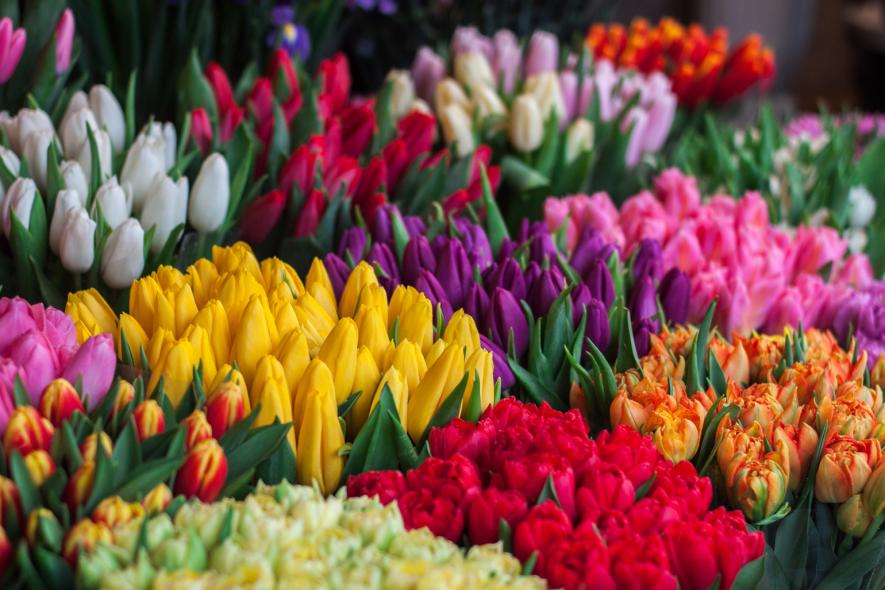Flower Colors Changing in Response to Change in Global Temperature and Ozone Level

Image is for representational use only. Image Courtesy: better.net.
Amidst the changing global climate, both plants and animals have found ways to adapt themselves. Two prominent means of adaptation have been shifting the primary habitat to new territories and shifting of the breeding seasons. However, things may go beyond the gross change in behavior that many species have adapted and even lead to changes at molecular level. Nevertheless, years of such subtle changes can potentially give rise to noticeable traits that have not been observed before.
Imagine a situation where flowers subtly changing their colors year after year result into new coloration in a flowering plant that has hitherto been unseen. In fact, this is happening. A research paper published in Current Biology suggests that over the past 75 years, flowers have changed their UV absorbing pigments, found in their petals, as a mean to adapt to the rapidly changing global temperature and ozone level.
The UV absorbing pigments in flowers are invisible to the human eyes, but they can attract pollinators. They can also act as sort of a sunscreen for the flowers -- the more UV absorbing pigments are carried by the petals of a plant, the less harmful UV radiation could reach sensitive cells. Similar to its impact on humans, UV radiation can also damage the pollen of a flower.
The lead author of the research paper, Matthew Koski and his team previously found that flowers growing at higher elevations and closer to the equator, which are areas with very high UV radiation, had more of the UV absorbing pigments in their petals. The current research was an extension of this where Koski probed whether global temperature rise and depletion of ozone layer, as a result of human activities, can influence the UV pigmentation in flowering plants.
Chasing the question, Koski and his team collected plants from herbariums that included 1,238 flowers from 42 different plant species. The data sample includes North America, Europe and Australia. The herbarium samples were collected from 1941-2017, spanning a time period of 75 years.
They used a UV sensitive camera and photographed the UV pigments in flower petals of the same species collected at different times. They hereafter, matched the changes in pigmentation to the local ozone level and temperature.
Their analysis found that on an average, pigments in flowers have increased by 2% per year in the period 1941-2017. These changes also varied depending on the structure of the flower. Flowers with saucer-shaped structure that have their pollens exposed, increase the pigment when ozone level went down and reversibly decrease pigment when ozone level get higher. On the other hand, flowers that have their pollens concealed within the petals, decrease the UV pigment when temperature increases. This was found regardless of the change in the ozone level.
Colors in flowers are produced by pigments, especially by the anthocyanins--the chemical that is included in the class of chemicals known as the flavonoids. Other pigments are carotenoids, which give the typical color to carrots and also tomatoes. Changing in the pigment pattern means change in flower colors.
Get the latest reports & analysis with people's perspective on Protests, movements & deep analytical videos, discussions of the current affairs in your Telegram app. Subscribe to NewsClick's Telegram channel & get Real-Time updates on stories, as they get published on our website.
























